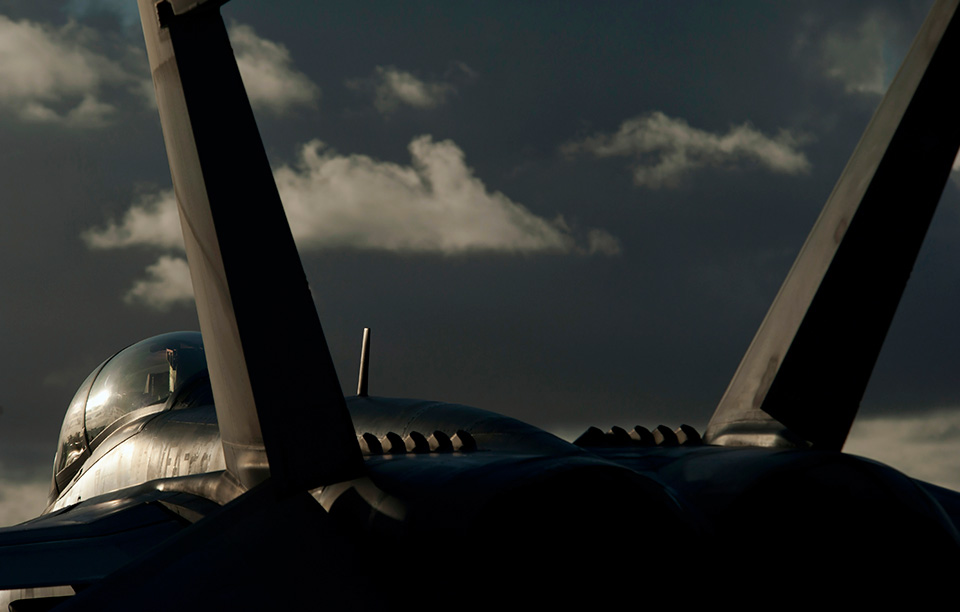
SHAH ALAM: Boeing is taking steps to keep its F-18 production line open for future Navy and international sales based on positive signs from multiple sources, the company told USNI News.
The report dateline July 22 stated that Boeing company builds both its F/A-18F Super Hornets and F-18G Growlers on the same production line, and the last planes the company had sold were 15 Growlers in Fiscal Year 2015 – enough work to keep the line open through the end of 2017, after the Navy and Boeing agreed to a production slowdown to allow more time for a decision on the future of the production line.
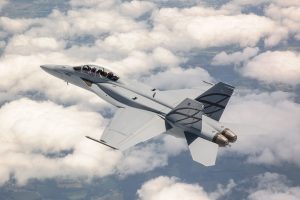
The report further stated that “Today, Gillian said “we’re doing everything we need to be able to continue production to meet U.S. Navy and international fighter needs.”
“Based on positive marks from all four defense committees and continued discussions on near-term international sales, we’re moving forward with decisions to keep the line open and preserve future options,” the company added in a statement to USNI News.
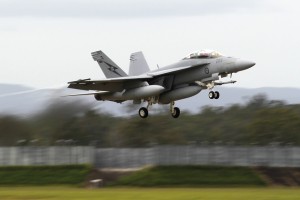
Denmark is expected to make a decision in the next few months about what fighter it will buy, USNI News understands. And an unnamed Middle Eastern country is interested specifically in the Super Hornet and is working with the U.S. Navy to purchase the planes through the Foreign Military Sales programme.
For more on the story go here.
The report above is interesting even as we already know that the MRCA programme is not going to be funded during RMK11. However as the Fulcrum is also going to retire in the near future, RMAF also need to look to fill the gap left by the retirement.
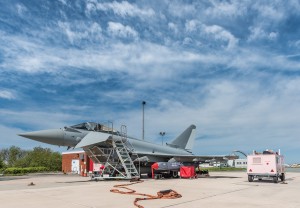
The unnamed Middle Eastern country in the story is obviously Kuwait. If and when Kuwait decides on its new fighters it is also looking into the Typhoon – there is a chance for us to buy the legacy Hornets its air force is operating to add to our own small Hornet fleet to tie us over to 2030 beyond.
Apart from the Kuwaiti Hornets, as a stop gap measure, as I had written previously, we could also opt to lease Tranche 1 Typhoons of the Royal Air Force as the service is slated the 53-strong fleet in in 2019.
The lease and buy option of the Typhoon was the offer for the MRCA programme. As the funding for the MRCA programme is not available, we could opt to lease the Tranche 1s instead. As such we will only be paying for the maintenance of the aircraft and the other things to keep them flying of course.
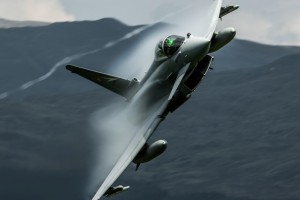
By all accounts the Tranche 1 Typhoons are superb air-to-air fighters although it could be armed a limited number of precision guided munitions like LGBs and such. No Storm Shadows or such!
Yes the legacy Hornets are much better as RMAF will be able to consolidate its fighter fleet to two types but this option will incur higher cost as we need to upgrade them to the same standard as our D models, apart from the money to operate them of course.
— Malaysian Defence
If you like this post, buy me an espresso. Paypal Payment

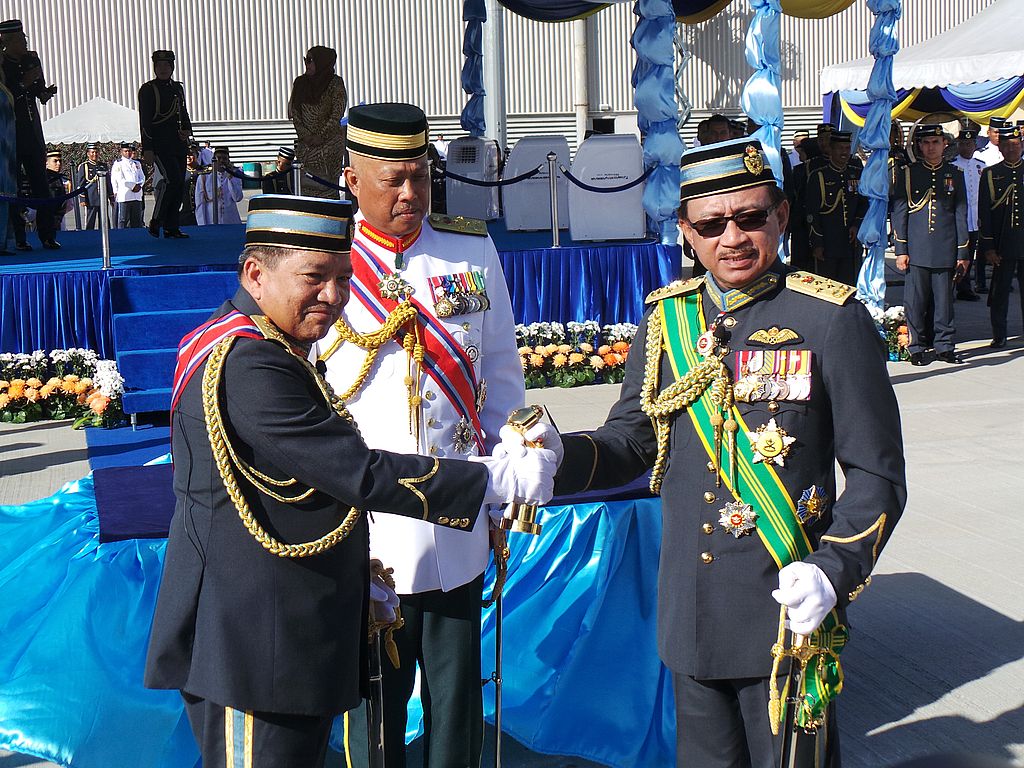

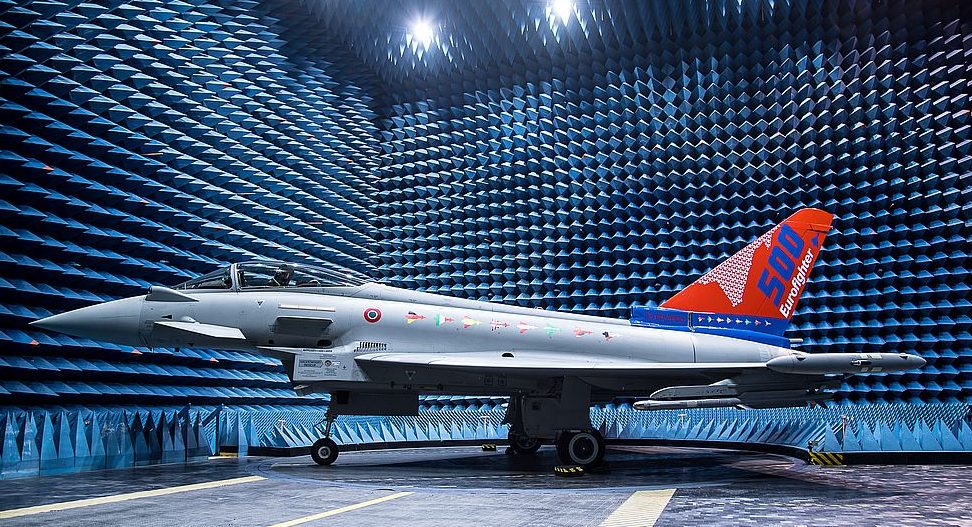
Will upgrade cost higher than build a whole new fighter jets operation team & infrastructure? getting another new fighter jet it just back to 4 type of jets which is rojak
For my idea, we only have 3 option
1. we get 2nd hand hornet from Kuwait if possible. 16 F-18C / 12 F-18C + 4 F-18D work along our existing F-18D
2. we get more MKM. we already have the infrastructure and operation team, so we can save the $. more MKM may reduce our operation cost like spare part which we can get in bulk.
The drawback is the reliability + now MH-17 issue we having a not so close relationship with Russia.
3. we get super hornet. we should able to keep the operation cost low until USN fully change to F-35. RMAF can quickly adopt as we already operate legacy hornet.
Either of this option should able to protect out country until we really have $ to get stealthy or more advance fighter jet.
I suspect the decision for Super Hornets has already been made privately. If the production line is to remain open till at least 2017,
an order from the RMAF might be made around 2018 and the payment deferred to RM12.
Vote for legacy hornet and super hornet
to avoid ‘rojak’ air force.It is posible for RMAF to get legacy hornet from Aussie (free/pay)?
OOT- I think ASEAN need to admit that this region is in arm races.Example in navy stuff,RMN with their LCS Gowind that completed in 2018,TNI-AL with their PKR Sigma that completed in 2017 and Vietnam navy is considered to add their Gepard frigate another 2 unit..pheww..semakin meriah suasana di ASEAN.
If the kuwaiti route is taken up, the single seater C models could always be used as is, and only upgrade the D models to common standard. That would result in 3 squadrons of hornets with 14 aircraft each, with 1 sqn fully equipped with only D model, 1 with only C model and 1 with mostly C model with 2x D model for operational conversion.
Additional top up of 2 MKM, along with minor upgrades to the whole fleet would enable a permanent rotation of 4 MKM to east malaysia to provide cover not only for gugusan semarang peranjau, but also for the telok sepanggar base. This option is actually more viable than buying medium range sam (which has been mooted by the navy) for the telok sepanggar base. This option would give 4 MKM to be permanently rotated every 3months to labuan (so no issue of having major maintenance done at labuan), with 12 MKM operational at gong kedak, with 4 MKM in maintenance/standby.
Reply
Need to buy more than 2 MKMs at least 4 for your plan to work..
Getting used hornets from either kuwait or australia would be good. Buy up the whole kuwait fleet. Modernise some up to Aesa radar standard n leave some for spares. Also buy up the spares from kuwait n or oz too. Dont station mkm in east malaysia. Station the hornets in east malaysia. Also station hawks in lahad datu too.
Reply
None of the fast jets could be based in Lahad Datu on a permanent basis until they decide to set up a proper air base there.
Probably not a good idea to buy Russian at the moment…or even the next 10 years.
Lee,
There is no need to base fighters at Lahad Dato – permanently or otherwise -as Tawau is already being utilised as a forward operating base for the Hawks.
Dot,
What you described are countries progressively upgrading their capabilities. Granted, the need to upgrade may be driven by specific concerns but I don’t think we can categorise it as an “arms race” per say. Even if there were no concerns over the Spratlys and no lingering distrust or concerns over overlapping claims between each other; Malaysia would still have got its Gowinds and Indonesia its Sigmas.
Interesting conundrum — to fill the gap left by the Migs’ retirement or not; MRCA or no MRCA.
Looking at the costs involved, the RMAF is reduced to having a choice of either filling the gap now or holding out for MRCA. I don’t think it can do both ie buy replacements for the Migs *and* buy MRCA. The answer depends on whether we can live with the gap or not. I happen to think we can (something to do with Japan exercising with the Philippines in the ‘Nanyang’) and that the RMAF should hold out for MRCA which is a step up from the present planes.
The Super Hornet doesn’t offer improvements compared to the legacy Hornets in terms of range or speed although it has AESA radar and better payload. Also the perceived commonality, implying easier training, mantenance, etc with the legacy Hornets is just that — a perception and a wrong one at that. SH is also not very cheap to fly either, even when compared to some of the MRCA the RMAF is considering. By the same token, buying ex-Kuwaiti, US or other legacy Hornets would place us firmly at the present ‘takuk’ for the next 2 decades at least.
It’s interesting to note that the Brits have gone ahead and retired the early Typhoons, what with the ‘war’ against ISIL and Russia’s ‘provocative’ flights near the UK.
Interesting read this: http://www.telegraph.co.uk/news/general-election-2015/politics-blog/11715604/Heres-how-many-planes-the-Royal-Air-Force-has-available-to-fight-Isil.html
Not many people realise the Super Hornet costs more than the Strike Eagle, even though it weights more and has overall less performance because of the carrier requirement.
If a non-legacy Hornet operator, such as Denmark chooses the Super Hornet I would be perplexed.
Kalau tak salah legacy hornet australia sama taraf dgn hornet tudm yg telah diupgrade..hornet australia sudah guna radar moden sama dgn yg hornet tudm sedang guna plus hornet australia juga sudah menggunakan JHMCS helmet..
Reply
The Aussie upgraded Hornets may well be the same as the RMAF D Hornets but the chassis is the A model
To avoid ‘rojak’ fleet we need to add our mkm fleet. Though mr marhalim did wrote that the air force doesnt want the aircraft (if im not wrong).
And to me super hornet is like a good candidate though i cant see that we cant get a lot of weaponry types with us being only a friendly nation than an allied nation.
To me dassault rafale is the best solution. Rather than buying 16-18 planes at one time, buy 8-12 at first. And rafale hav a lot of features.
As for the legacy hornets, in few more years im afraid that spare parts will be coarse unless we buy more legacy hornet with the purpose of being use as spare parts.
Nihd,
There is no “best’ solution.
All the ordnance available for export with the Super Hornet, that is available to non-NATO countries, is sufficient for our needs. Even if we bought Rafale or Typhoon; there will probably be certain software, if not hardware, that will only be readily available to NATO countries.
Common data link + AEW + MRCA (new generation or otherwise) = better SA.
More important than the actual platform is the systems capability we acquire. Without the systems capability, we simply will not get the best of whatever capability is offered by whatever MRCA we eventually get: the RSAF has long discovered this and more recently the RTAF has discovered this. The RMAF unfortunately – thanks to underfunding – is still a platform centric air arm, despite it being 2015 and not 1985 anymore.
Well, we can just bear with the current situation.
With the politician follows their own mind, I don’t think the ‘rojak’ program could be stopped.
Vietnamese plan to get Su-34 from Russia or Ukraine to replaced Su-22..any comment?
Reply
Vietnam has always operated Russian made equipment. Even if we have problems with Russian equipment it will not have any bearing what so ever with them. It’s the same story with India.
Rafale? Malaysia? Berapa banyak duit kopi geng2 ni dapat nanti? Kita xda duet nii…
http://mobile.reuters.com/article/idUSL5N1084GD20150728?irpc=932
With our situation right now, please no…
reply
it’s UAE not us..